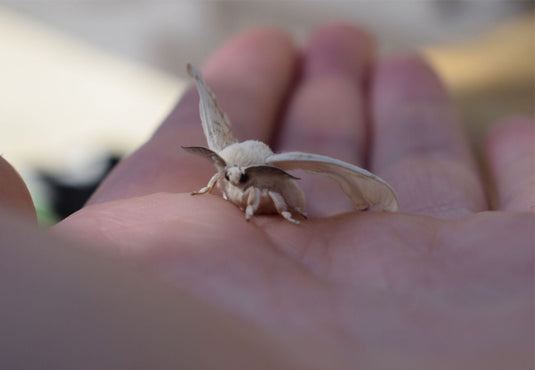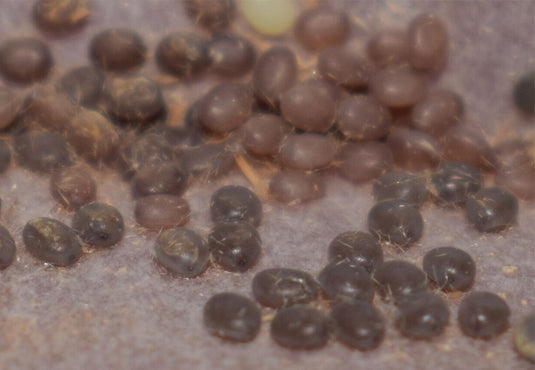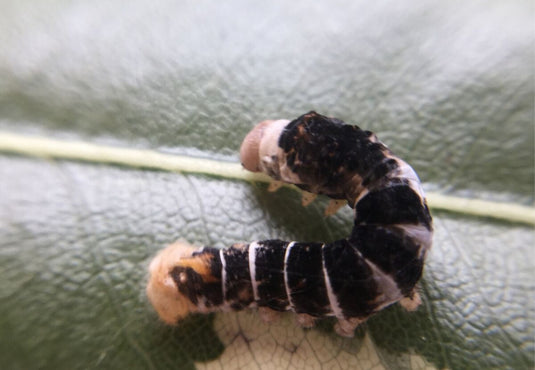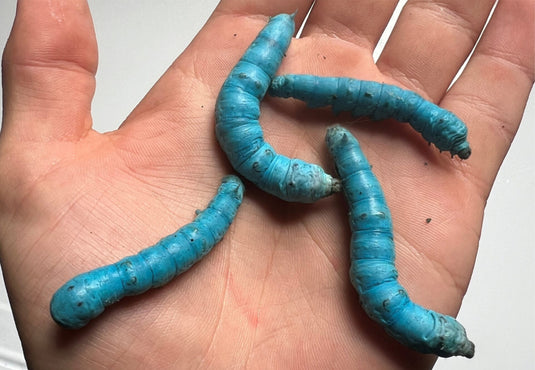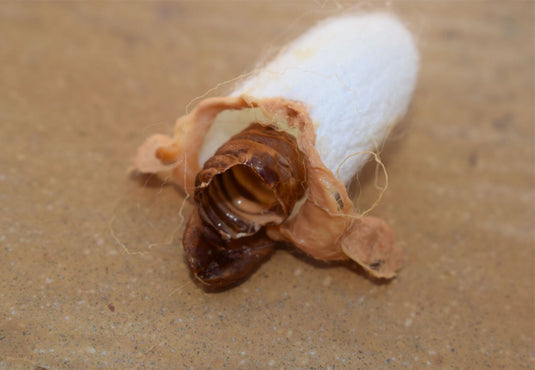Diseases and Problems
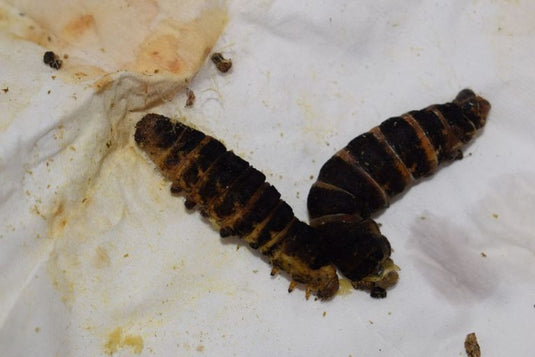
Common silkworm diseases and problems
When rearing silkworms, practising good hygiene is of the utmost importance. Always wash and dry your hands thoroughly before coming into contact with your silkworms and their enclosure to prevent the build-up of bacteria and diseases.
Regardless of the type of enclosure, it is vital to keep it clean. If your worms are kept in a shoebox, line the bottom with paper towel or cloth and change it regularly before it becomes soggy. For plastic tubs or fish tanks, clean them thoroughly with soap and water before starting the life cycle. It is also recommended to line the bottom with paper towel or cloth, as this makes it easier to clean their droppings, which will accumulate regularly as they grow.
Silkworm diseases

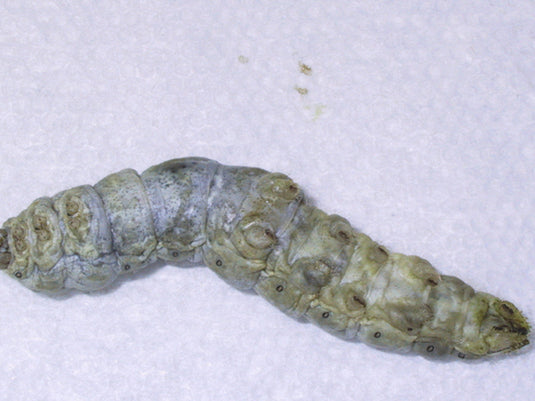
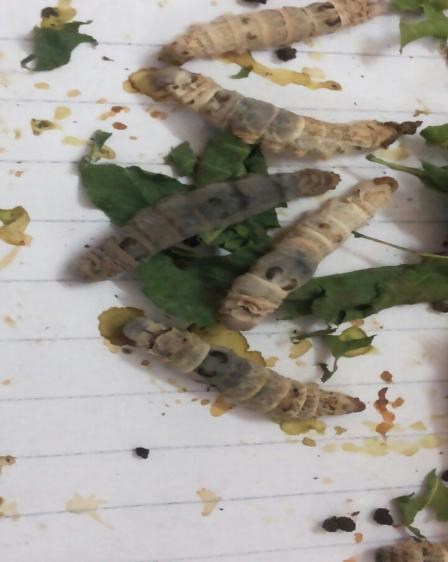
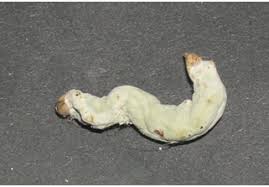

Silkworm diseases and problems
The first point that must be made is that all diseases can be avoided if you feed your silkworms fresh mulberry leaves regularly and minimize the number of worms in each housing area, coupled with following the hygiene practices mentioned above. Below are examples of different types of diseases that can be contracted by your silkworms, along with suggested ways to prevent and manage them.
Usually occurring towards the end of the worm’s lifecycle – in the fourth or fifth instar – flacherie is when the silkworms appear flaccid, and growth is stunted. If contracted during the fifth instar, worms will cocoon and fail to emerge as moths. When dead, the worms will petrify.
To prevent the spread of flacherie, move all healthy worms to a new enclosure, as healthy worms walking over diseased ones can lead to further spreading. Maintain the breeding temperature between 21°C and 27°C and keep humidity below 70% to prevent this disease.
Silkworms with grasserie appear sluggish and will not cocoon, eventually dying in most cases. However, if the infection level is low, they may cocoon but will die as pupae.
Prevent grasserie by maintaining the breeding temperature between 21°C and 27°C and keeping humidity below 70%.
White muscardine is easier to identify compared to grasserie or flacherie because affected silkworms appear brittle, light, and white – almost mummified.
This disease is more common in the colder months, such as winter, and can be prevented by ensuring leaves are free of insecticide and insects. Interestingly, white muscardine is used in traditional Chinese medicine to dissolve phlegm and muscle spasms and can be found on many online Chinese stores.
Silkworms with bacterial infections may show various symptoms, such as lethargy, discoloration, and abnormal growth. They might also exhibit an unpleasant odor and, in severe cases, may die rapidly.
Prevention:
The key to preventing bacterial infections is maintaining a clean and hygienic environment. Follow these steps to minimize the risk:
- Hygiene Practices: Always wash and dry your hands thoroughly before handling silkworms or their enclosures. Regularly clean the enclosures to prevent bacterial build-up.
- Fresh Food: Ensure that you feed your silkworms fresh mulberry leaves, as stale or contaminated food can harbor bacteria.
- Proper Ventilation: Provide adequate ventilation in the silkworms' housing to prevent dampness, which can promote bacterial growth.
- Temperature and Humidity: Maintain the breeding temperature between 21°C and 27°C and keep humidity below 70%.
Management:
If you identify a silkworm with a bacterial infection, take immediate action to prevent the spread to healthy worms:
- Isolation: Remove and isolate any infected silkworms from the healthy population to prevent the infection from spreading.
- Clean Enclosure: Thoroughly clean and disinfect the enclosure, replacing any contaminated bedding material.
- Monitor: Keep a close watch on the remaining silkworms for any signs of infection and take further action if necessary.
By following these steps, you can effectively manage and reduce the risk of bacterial infections in your silkworm population, ensuring a healthier and more productive rearing environment.



